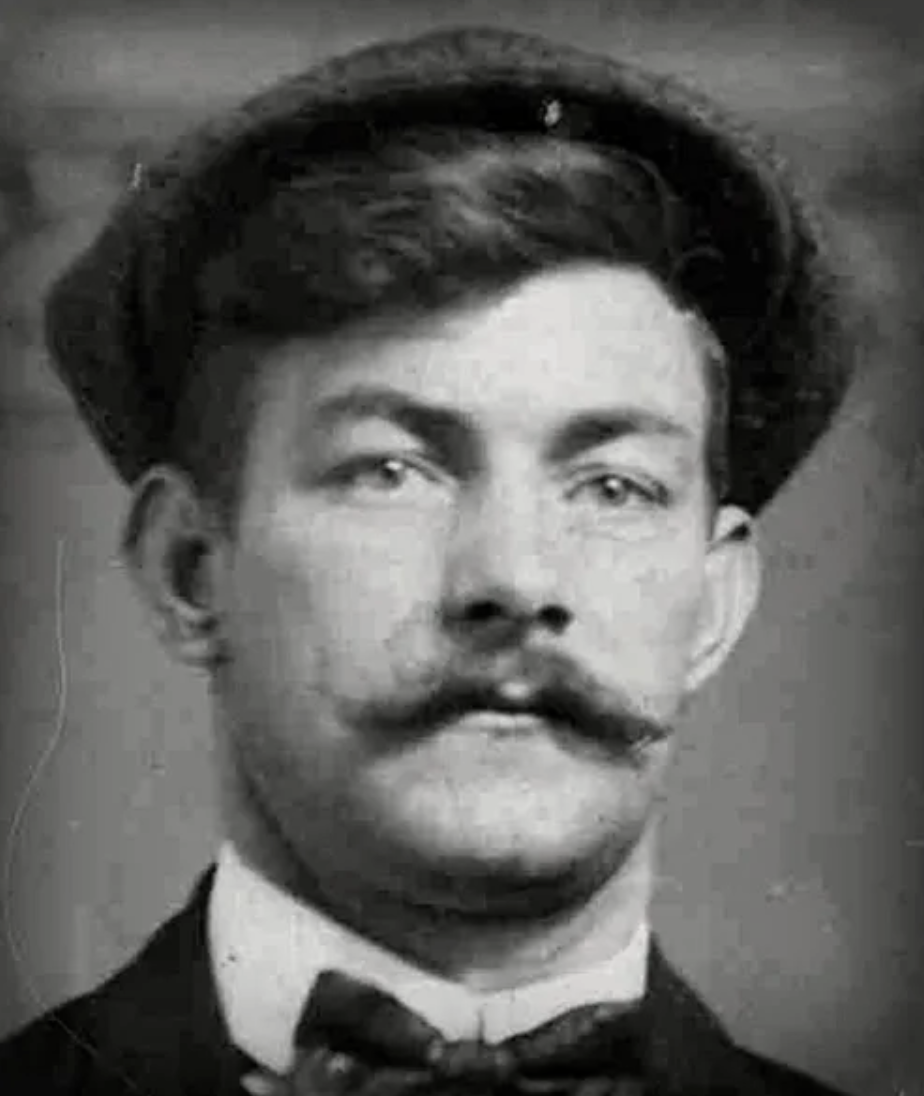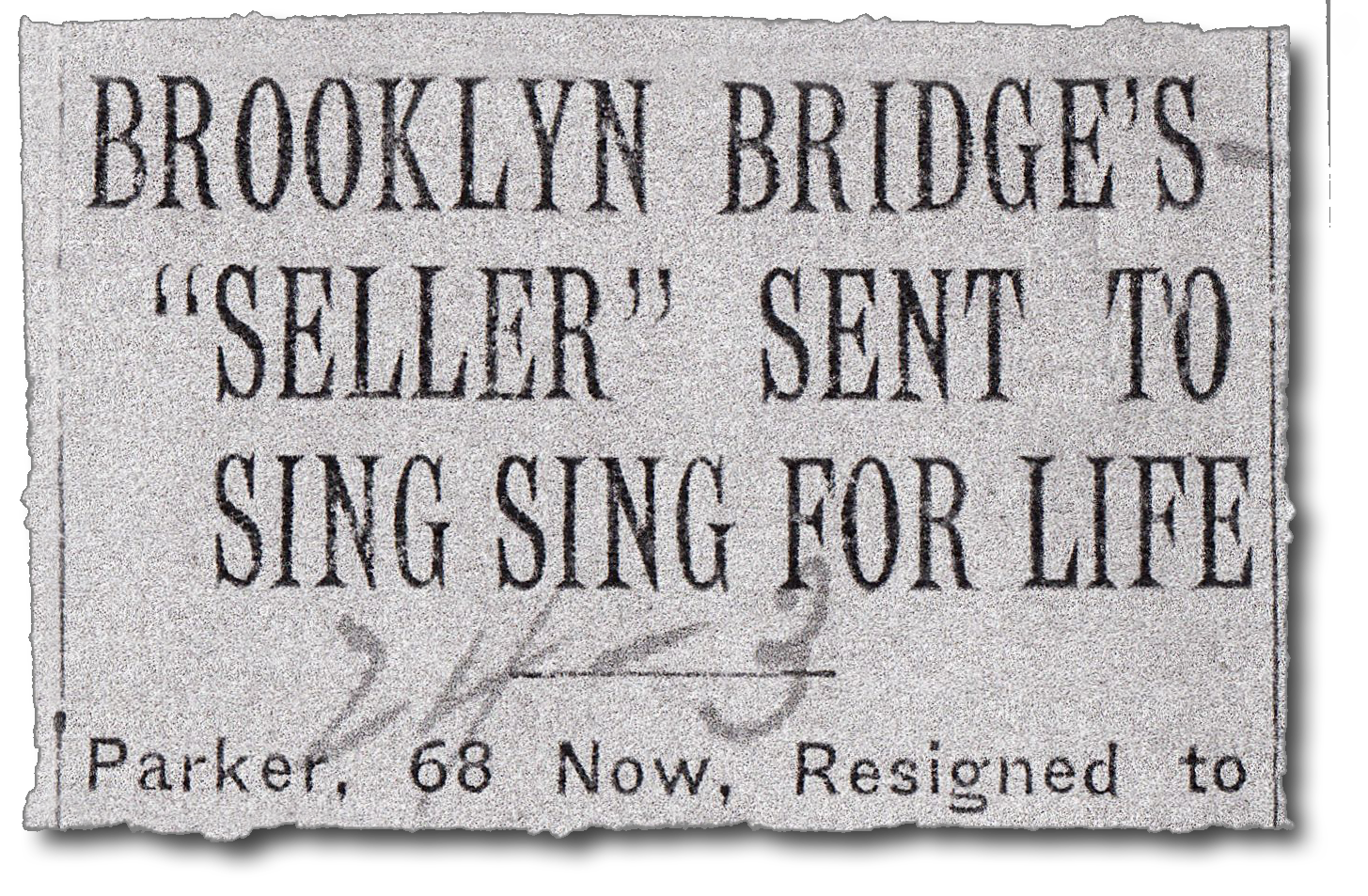As of late, just about all of us have been the potential victims of a rip-off sooner or later. Our telephones are inundated with robocalls claiming to be the IRS and unsolicited texts promising a job that brings in $500 per day. Our e-mail inboxes are stuffed with demanding spam emails designed to get us trapped in shopping for faux companies or buying offers that are not precise offers. Even respected social media websites, like LinkedIn and Fb, have grow to be hotbeds for scams.

Associated
One Of The World’s Most Mysterious Ancient Sites Revealed A Brand-New Find That Has Experts Gripped
This unimaginable, mysterious web site was one of many twentieth century’s most groundbreaking discoveries, and it is a spot that is nonetheless yielding finds right this moment.
Sadly for humanity, scams aren’t one thing new to the twenty first century. Each period of our world, from the time of the oldest civilizations, had its personal set of scammers that folks tried and did not keep away from. From the times of Ea Nasir’s faulty copper selling business to the archaeological hoaxes of the Nineteenth and twentieth centuries (for instance, the Nampa Figurine), folks have all the time tried to rip-off others into giving up items, assets, time, and a focus. One New York City scammer, although, has made his title within the annals of historical past for a rip-off so outlandish that it is nonetheless making headlines in 2025.
George C. Parker
Within the late Nineteenth and early twentieth centuries, there lived one New York Metropolis conman who would make his mark on historical past. His rip-off was so outlandish that it will change American tradition without end. That scammer was George C. Parker. The son of Irish immigrants, he was born in New York Metropolis on March sixteenth, 1860. The world the place he grew up and maneuvered in was one in all nice variety, urbanization, and steadily rising wealth inequality.
|
Title: |
George C. Parker |
|
Birthplace: |
New York Metropolis |
|
What he is well-known for: |
“Promoting” immigrants the Brooklyn Bridge |
Parker truly graduated from highschool, which was a uncommon achievement throughout this time. Only around 10% of students between 1880-1890 actually graduated from school. Regardless of having this nice benefit, George C. Parker determined to show to a lifetime of crime. He determined to arrange a rip-off: to promote the Brooklyn Bridge (one in all New York’s most famous historical bridges).
How Did George C. Parker “Promote” The Brooklyn Bridge?
Brooklyn Bridge Manhattan
Though George C. Parker had each benefit given to him, he determined that his finest plan of action for his life can be to rip-off folks. As acknowledged earlier than, his grand thought was to dump the Brooklyn Bridge, a property he didn’t personal. He selected his prey intentionally and punctiliously.
On the time, there was a gentle stream of immigrants coming into New York Metropolis by way of Ellis Island. Many of those immigrants have been poor Europeans, together with Italians, Irish folks, Japanese European Jews, and Germans. Parker, being the son of immigrants himself, understood that many individuals on this place would do something to get forward in life. Whereas this made them hardworking, it additionally made them susceptible to scams, just like the one Parker was hatching.
Parker would first strategy folks on the road, clearly selecting these he thought have been most susceptible. Then, he’d interact them in an informal dialog, constructing their belief. After that, he’d “reveal” the data that he owned the bridge…and would then make them a “job supply.” They might man the bridge for him and accumulate tolls on his behalf. He’d then get them to observe him to the bridge for an interview.
After they’d arrive, they’d see an enormous “FOR SALE” signal hanging from a part of the bridge. Parker would then faux that the bridge was on the market, and would then change his supply from one in all a job to one in all an actual property sale. He would then negotiate a worth. After “shopping for” the bridge, the folks he bought it to would begin establishing toll cubicles. At this level, the police can be referred to as to take away them, they usually’d understand that they’d been scammed.
The Brooklyn Bridge wasn’t even Parker’s solely hang-out. He likewise “bought” Madison Sq. Backyard, the Metropolitan Museum of Artwork, the Statue of Liberty, and Ulysses S. Grant’s tomb.
How Do Individuals Fall For Scams Like This?
You is likely to be pondering: how may anybody fall for this? How may anybody, even within the 1800s, suppose you could possibly simply purchase the Brooklyn Bridge from some schmuck off the road? From the skin, it is easy to guage individuals who fall for scams and cults. However when taking a more in-depth look, the explanations grow to be obvious.
The folks Parker selected for this have been intentional. Immigrants new to the nation can be lonely and determined. They may not have spoken the English language nicely. They would not have had the identical social help that residents had. These folks have been susceptible, and Parker determined to make the most of that vulnerability. Likewise, within the occasions earlier than nearly all of folks within the U.S. have been educated, it will’ve been onerous for many individuals to inform the official from the faux.
In one other vein, Parker’s rip-off did not unfold instantly. If a person walked as much as you and supplied to promote you a constructing, you may appear suspicious. Parker as a substitute unfolded his plan in steps. He’d discuss to folks, construct their belief, doubtless really feel them out, and see in the event that they have been a superb candidate for his rip-off. As they gained belief in them, he gained extra details about them, from their persona to their state of affairs.

Associated
“We’ll Never Learn From Our Mistakes”: Americans Outraged By “Unpatriotic” National Parks Ban
Trump’s new ban in nationwide parks has been branded unconstitutional and unpatriotic, and even an try and whitewash uncomfortable American historical past.
After that, he’d take away them to a second location, which might have given him a social benefit. Lastly, the coup de grâce was that he’d let the sufferer provide you with the concept of shopping for the bridge on their very own by way of the signal. Individuals would see a “FOR SALE” signal and ask if the bridge may very well be purchased.
Parker’s Brooklyn Bridge Rip-off
|
Why did Parker prey on immigrants? |
Nineteenth-century immigrants had vulnerabilities that residents may not have had, comparable to decrease English proficiency, lack of social help, lack of training, desperation, and loneliness. |
|
Why did folks suppose Parker was reliable? |
He constructed up belief by way of dialog, then took folks to a second location, after which nudged them to suppose they got here up with the concept to purchase the bridge on their very own. |
When scams and cult-initiation on this method—that they are focusing on susceptible folks utilizing many layers of deception and psychological tips—it may be straightforward to see why many individuals, even in any other case clever, cautious folks, can get sucked into the scammer’s whirlpool.
What Occurred To America’s Biggest Conman?
George C. Parker is locked away
A rip-off this huge cannot go on without end. Ultimately, Parker was certainly caught. Nevertheless, getting caught truly would not cease him…a minimum of the primary time. When he was arrested in 1908, he truly escaped from jail utilizing Looney Tunes logic. When a sheriff on the jail put down his sheriff’s hat and coat, Parker (who was close by) merely put the uniform on and walked out, thus liberating himself from jail. He can be convicted a number of different occasions earlier than assembly his last destiny.
In 1928, he was lastly sentenced to life in jail. Already an outdated man, Parker spent eight years there earlier than dying. Parker lives on in our cultural reminiscence to at the present time. A typical phrase in American English in response to somebody being gullible is “In case you consider that, I’ve a bridge to promote you!”






Recent Comments